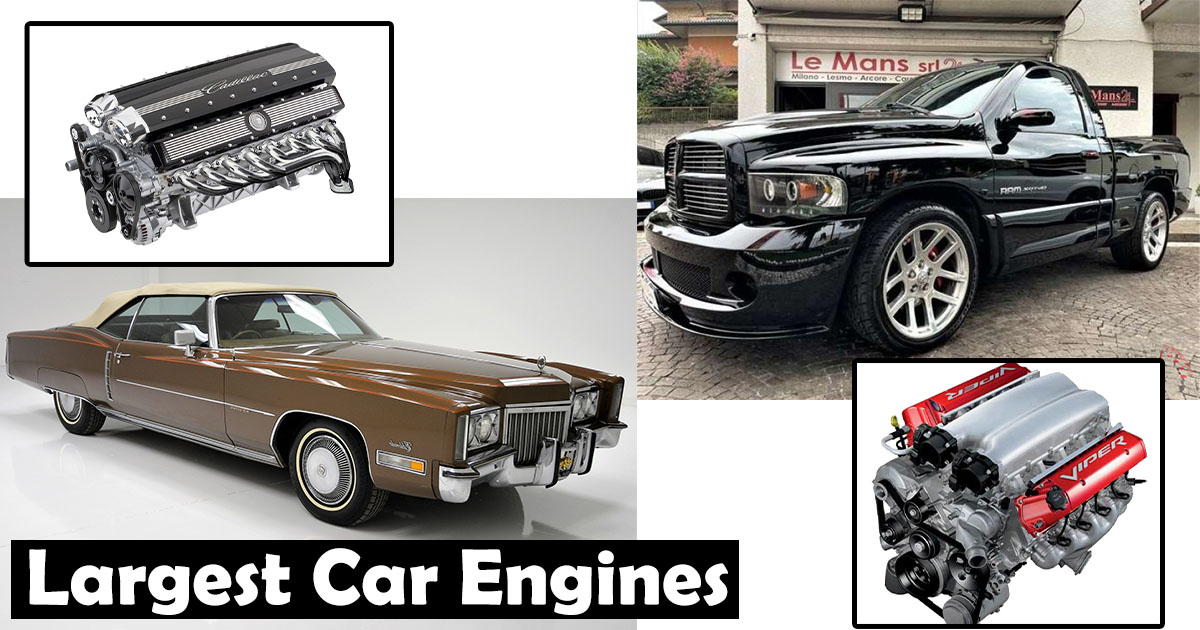
If you are one of the people that think there is no replacement for displacement, then this list is for you. Massive engines have been built throughout history. However, not all of them were used in cars.
In this article, we will be listing the largest engines by displacement that were used in cars on the streets. If you thought that 6, 7, or even 8 liters of engine displacement is a mindblowing, massive number, then you should think twice.
Lamborghini Aventador – 6.5 Liter

Lamborghini’s 6.5-liter V12 engine is standard equipment on every Aventador. Without turbocharging or supercharging, the 6498cc motor produces a stunning 759bhp in the SVJ model.
Rolls-Royce Ghost/Wraith – 6.6 Liter
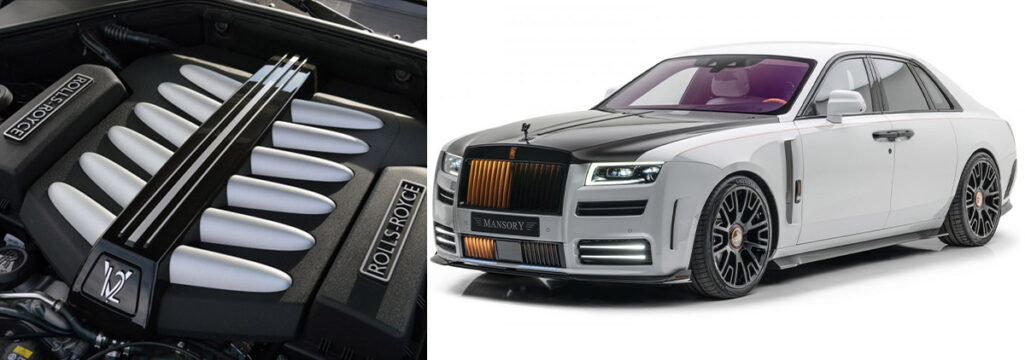
Despite the fact that the Rolls-Royce Ghost and Wraith are branded with the RR brand name, the 6.6-liter twin-turbo V-12 engine beneath the hood is a BMW product.
The Ghost’s V-12 engine, like every great Rolls-Royce engine, is amazingly smooth and silent. Because of this, the Ghost is a very fast cruise missile capable of racing from zero to sixty miles per hour in only 4.3 seconds, thanks to 536 horsepower and 575 pounds-feet of torque available at just 1500 revolutions per minute.
Ford F-Series Super Duty – 6.7 Liter
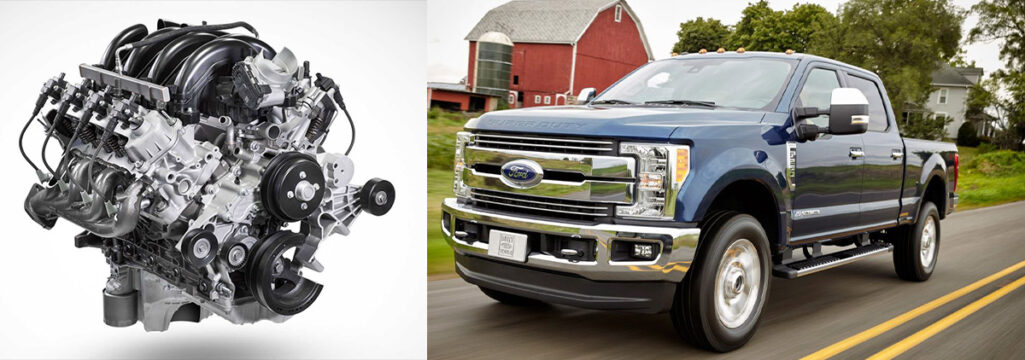
With its Powerstroke 6.7-liter turbodiesel V-8, the Ford Super Duty’s eight cylinders not only produce more horsepower than its Detroit rivals; but also generate a jaw-dropping 800 lb-ft of torque, making it one of the most powerful heavy-duty trucks on the market.
Rolls-Royce Silver Shadow – 6.75 Liter
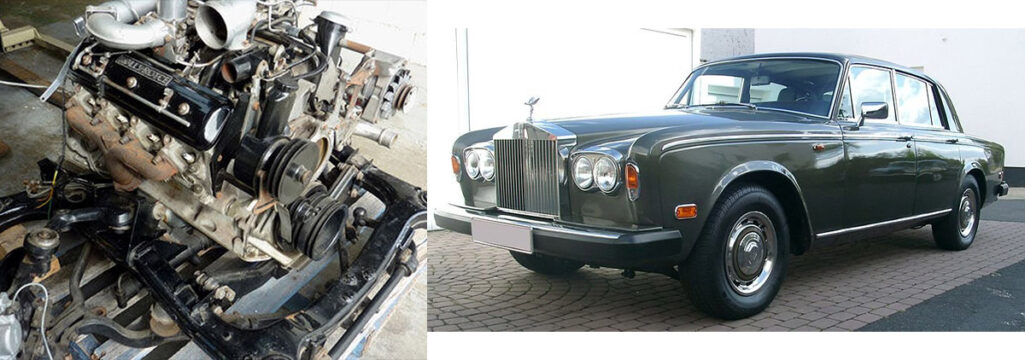
In 1959, Rolls Royce’s L Series V8 made its debut as a 6230cc engine in the Silver Cloud II. Its displacement was raised to 6750cc in 1968 and has remained unchanged ever since, with the Mulsanne engine still being produced today. This engine has powered an estimated 70 percent of all Rolls-Royces.
When this engine was introduced in 1982, it was under-stressed from the start, and its power was steadily boosted over time via turbocharging in most Bentley vehicles after that. In order to fit in the Cloud II’s long, narrow bay, the all-aluminum motor’s ‘V’ between each bank of cylinders was intended to be as deep as possible.
Mercedes-Benz 450SEL 6.9 – 6.8 Liter
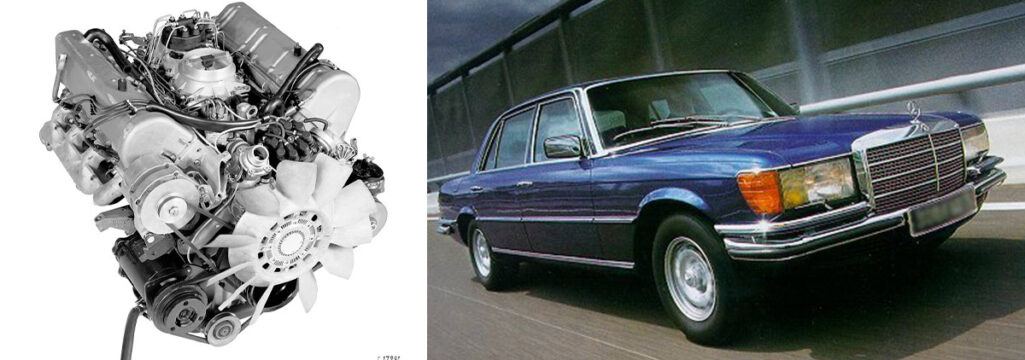
To be clear, this Mercedes Q-M100 car’s V8 only had a displacement of 6.8 liters, not the 6.9 stated in the title. However, at the time, it was the largest engine available in any German-built vehicle, and putting it into the S-Class saloon was a clever move. Each 6.8-liter V8 was bench-tested for four and a half hours before being fitted in the automobile to retain the S-Class reputation for unburstable dependability.
Cylinder heads were aluminum with sodium-filled valves, while the engine block was iron. When it came to performance, the M100 had a unique feature: Bosch K-Jetronic fuel injection. This allowed for 286bhp and 405lb-ft of torque, which made the 450SEL 6.9 capable of 140mph and attracted up to 7380 purchasers when it was released.
Ford Boss Mustang – 7 Liter
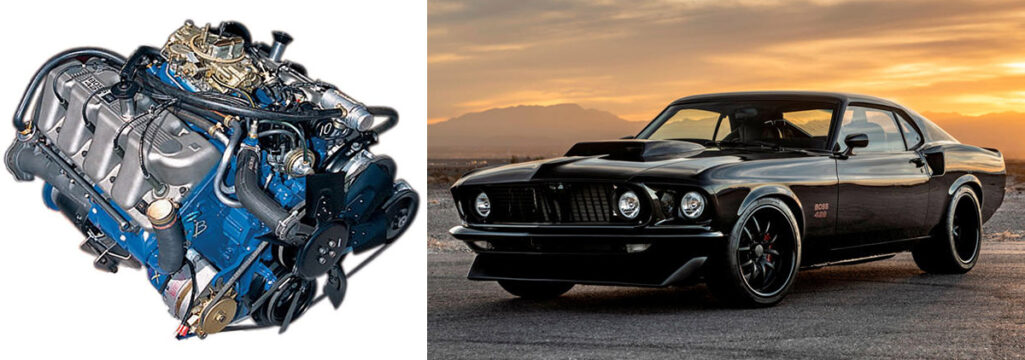
Exactly how large is too large? Ford’s 1969 Boss Mustang had a 7-liter engine, but the engine compartment was too tiny to accommodate the bigger Ford 385-derived engine. Ford built 1359 of the Boss Mustangs between 1969 and 1970, making it one of the most demanded muscle cars ever made.
This massive engine was capable of producing 375 hp @ 5,200 RPM and 450 lb/ft @ 3,400 RPM.
Dodge Charger RT – 7.2 Liter
As an option in the original Charger series, Dodge introduced the 440cu in (7.2 liters) large block V8 in 1967. For its wedge-shaped combustion chambers, the engine was known as a “wedge” motor and produced 375 horsepower with its single barrel carburetor.
The R/T designation was introduced with the second-generation Charger, which stood for Road/Track. In addition to the 7.2-liter engine, the 426 Hemi V8 (7.0-liter) was an option. The 426, despite its smaller size, had greater power since it produced 425bhp from the factory.
Aston Martin One-77 – 7.3 Liter

It’s reasonable that Aston Martin went all out with the One-77 and its V12 engine, given its rarity and the £1.4 million price tag when new. Aluminum solid billets were used to make the engine mounts, and Cosworth was tasked with designing and building the 7.3-liter engine. As a starting point, they had to come up with an engine that was at least 700bhp and 10% lighter than the regular V12.
A spray-on coating was used instead of shrunk-in cylinder liners, which resulted in 750 horsepower and a 15 percent weight reduction over the stock engine. In addition, variable valve timing and positioning of the engine in the One-77’s chassis result in better weight distribution and improved handling. For the same reason, it was given a new rear-mounted transmission.
Lincoln Continental – 7.6 Liter
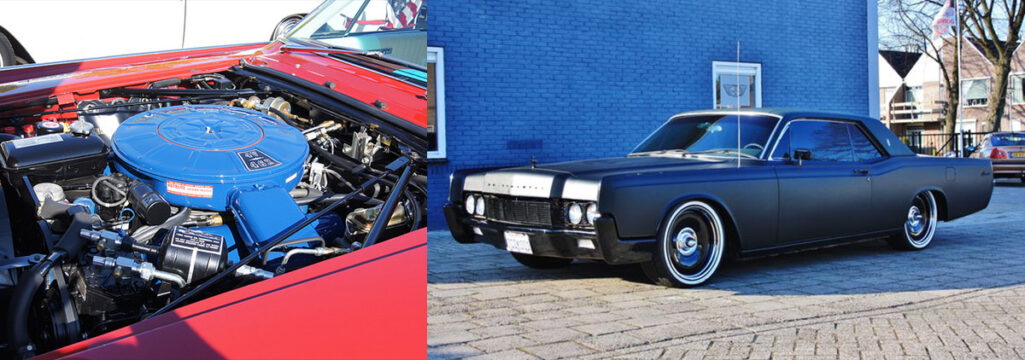
Lincoln’s Continental was designed from the beginning to be a long-distance luxury cruiser with distinctive features that ensured a smooth and polished ride and performance. The 5.6-meter-long craft weighed 5180 pounds and required a powerful motor. Under the hood, a 7.6-liter V8 engine with only two valves per cylinder produced up to 365 horsepower but, more crucially, 500 pound-feet of torque.
With a top speed of 124mph, the Continental is perfectly matched to a luxury automobile and has a large capacity engine with a low-revving sluggish torque curve.
Rolls-Royce Phantom II – 7.7 Liter
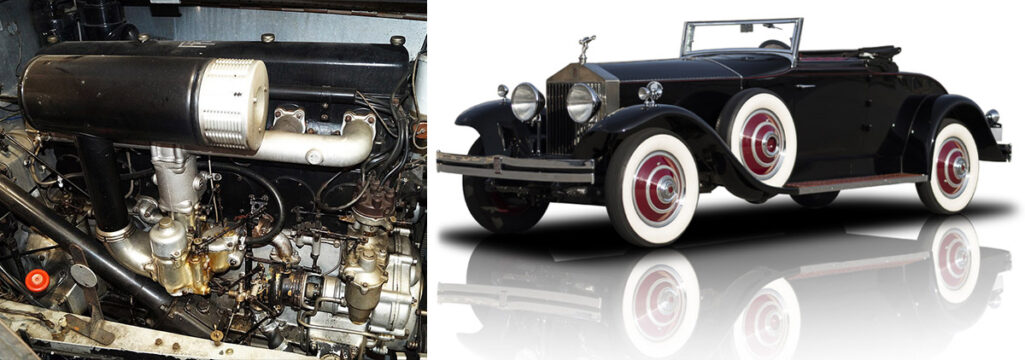
The Rolls-Royce Phantom II was as luxurious as an automobile could possibly be in the early ’30s. Of course, it had a 7.6-liter straight-six engine to match its appearance and luxury attributes. Because of the exceptional quality of the brand’s customers, a buttery smooth engine was necessary.
The engine’s one-piece cast aluminum cylinder head and seven major bearings ensured smooth operation. Dual ignition was included as standard because of Rolls-expertise Royce’s in aviation engine construction. Even the Continental model may be customized with high-performance cams.
Bugatti Veyron 16.4 Grand Sport – 8.0 Liter
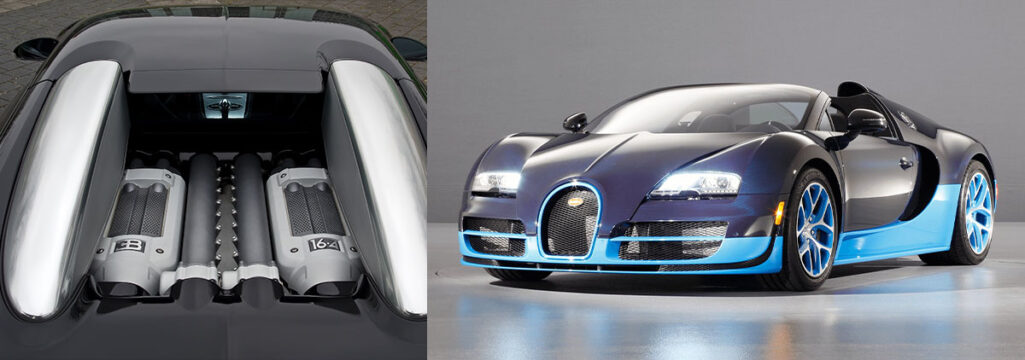
The 8.0-liter W16 engine in the Bugatti Veyron was a marvel of engineering in and of itself. A shared crankshaft connected two narrow-angle V8 engines to form the basis of the engine’s basic design. In this way, the Veyron achieved its top speed of 253 mph while still gaining the 987 horsepower required.
There were a total of 64 valves and four turbochargers in the Veyron’s engine; it was as technologically innovative and huge in size. Three radiators each for the engine and the turbos were necessary to maintain the engine running at its optimal temperature.
Chevrolet Suburban – 8.1 Liter

Since 1934, Chevrolet Suburbans have held the distinction of the longest-running vehicle model name. V8 engines with 340hp and 5,000rpm of maximum engine speed were available on ninth-generation models, making the bigger engines appropriate for truck use.
Cadillac Eldorado – 8.2 Liter
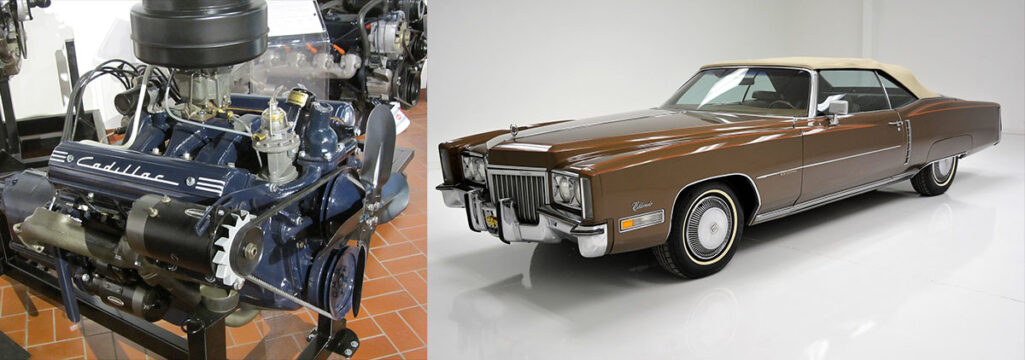
This model was introduced in 1953, and its engine capacity continuously increased through the sixties. When the 500cu in (8.2 liters) V8 engine debuted in 1970, it generated an underwhelming 400bhp. To extend the V8’s stroke, a new crankshaft was used.
1970s pollution rules took their toll on this huge block V8 as it was reduced to 365bhp and eventually 190bhp in 1976. Customers could choose from 215bhp of optional electronic fuel injection, but that option’s time was passed.
Dodge Ram – 8.3 Liter
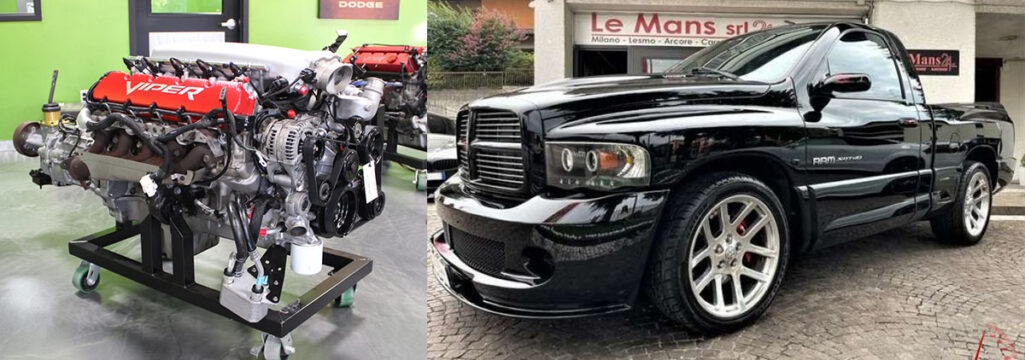
In the end, Dodge concluded that the 8.3-liter V10 engine from the Viper was a good fit for one of their pickup trucks. Who am I to argue with? In terms of overall excitement, the excellent Ram SRT-10 is up there with the best of them. Natural aspiration and just two valves per cylinder made this engine ideal for a pickup truck.
It was simple, yet it had an enormous impact. In 2004, the 500 horsepower of the Ram SRT-10 was more than enough to propel the truck to a top speed of 154 mph. The conventional cab model went from 0 to 60 mph in 4.9 seconds. Compared to the Quad Cab, which only had a four-speed automatic gearbox, this model came standard with a six-speed manual.
Dodge Viper SRT – 8.4 Liter
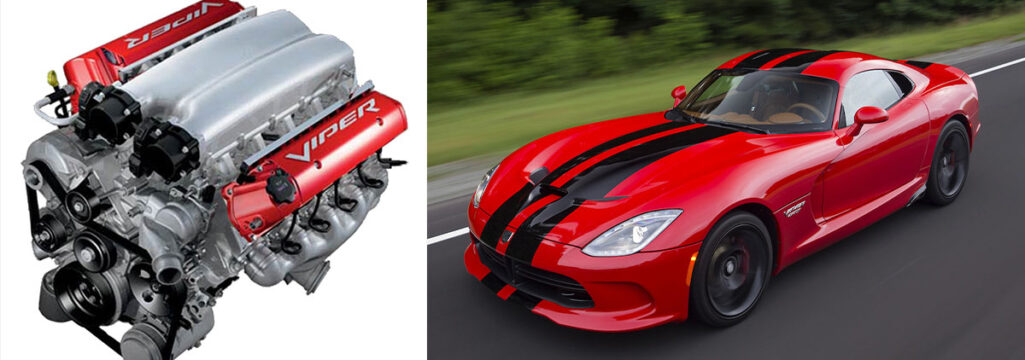
To be expected, the Dodge Viper’s V10 engine expanded from 8.0 to 8.4 liters by the time the fourth-generation model was introduced. The Viper was never known for its complexities. Variable valve timing was employed for the first time in a pushrod engine development. It allowed for an increase in power and torque of 600 hp and 560 lb-ft. The last VX edition of the Viper was unveiled in 2015 with 645bhp.
Though it was able to produce 680bhp in GT3 racing, the 8.4-liter powerplant was reduced to 600bhp in some categories. However, even in racing tune, the engine proved to be quite dependable and helped the Viper win several races and titles.
Bugatti Royale – 12.7 Liter
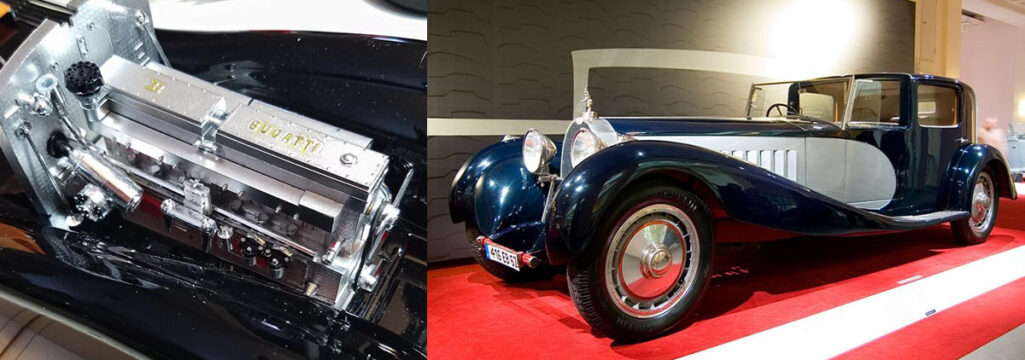
Everything about the Type 41 Bugatti Royale was enormous, except for the fact that only six of them were ever built. An engine initially designed for the French Air Ministry that was never utilized ended up in Bugatti’s ultimate luxury vehicle.
There were three valves in each cylinder on the straight-eight engine, which generated around 300 horsepower. These valves, however, required frequent regrinding, and this required taking the engine out of service. This increased the cost of maintenance of the Royale even further. The three-speed transmission was positioned in the middle of the chassis, and depending on the bodywork, the Royale could reach speeds of up to 100 mph.
Cadillac Sixteen Concept – 13.6 Liter
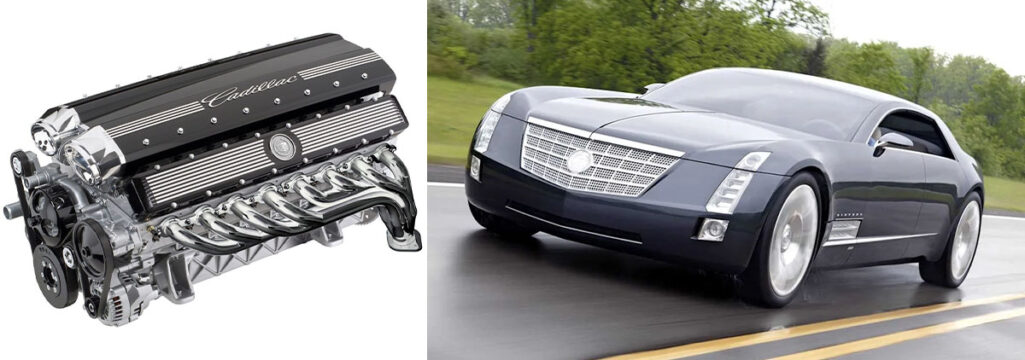
The Cadillac Sixteen Concept from 2003 was inspired by the glamour and glamor of the company’s early years in the Twenties. At first glance, it seemed like a great car, but what was under the hood was the true appeal. A 13.6-liter V16 engine was basically a pair of LS V8s welded together. The V16 was said to be capable of producing 1000bhp, although no official statistics were ever released. Not bad for a vehicle that weighs 2270 kg.
Cadillac’s Active Fuel Management could shut down eight or 12 cylinders to save fuel depending on the load on the engine when the 32-valve motor was connected to the four-speed automatic transmission.
Napier-Railton – 23.9 Liter

A 23.9 liter Napier Lion aero engine powered the Napier-Railton to a 24-hour record of 150.6 mph at the Bonneville Salt Flats in 1936, when more power meant going bigger. The Lion’s 12-cylinder engine had a ‘wide arrow’ layout, with three banks of four cylinders, each producing 586bhp at 2500rpm. Because of this, it was able to incorporate aerodynamic characteristics like dual ignition into its design.
The car’s 5mpg thirst was met by a 65-liter tank that sat directly behind the driver. Napier-Railton found a second life after the Second World War, testing aircraft parachutes at high speeds.

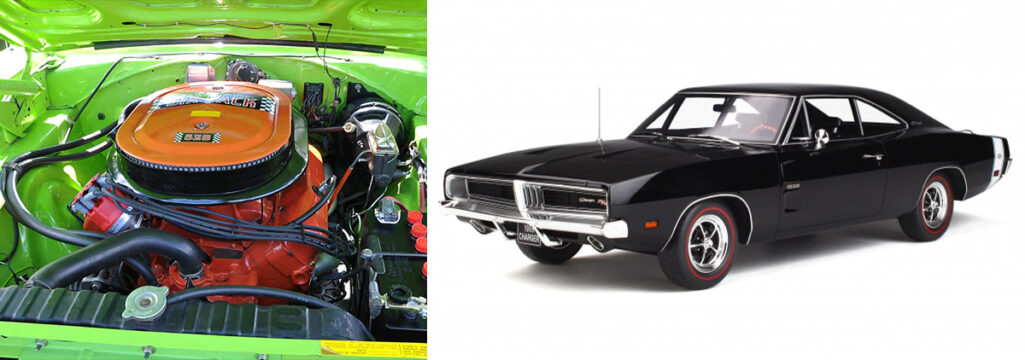
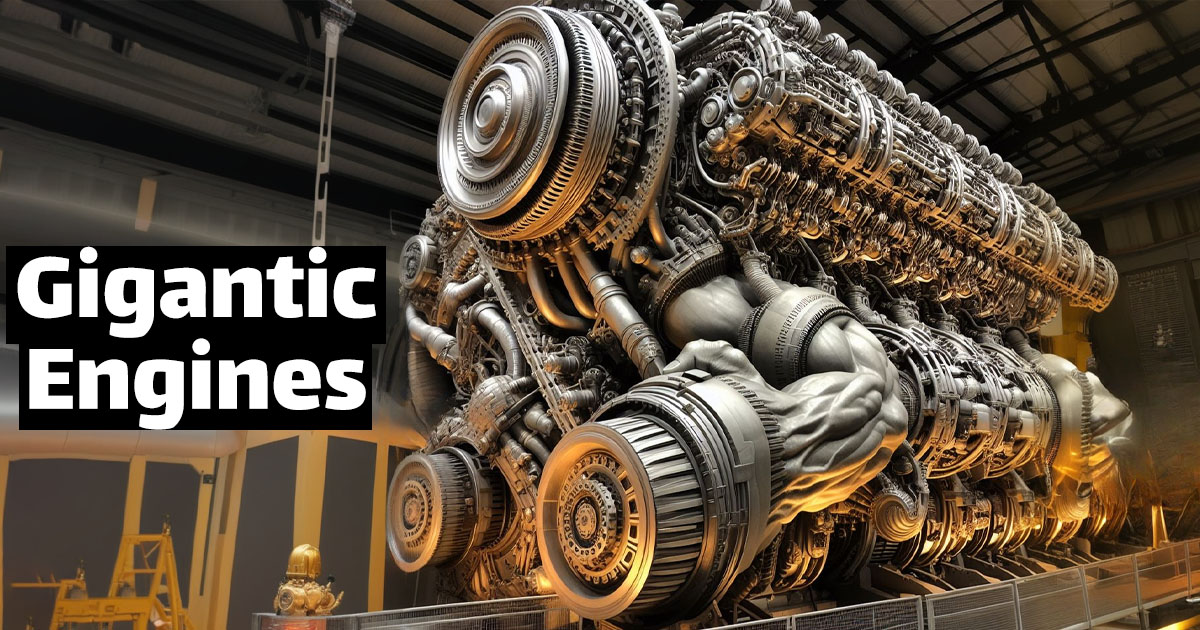
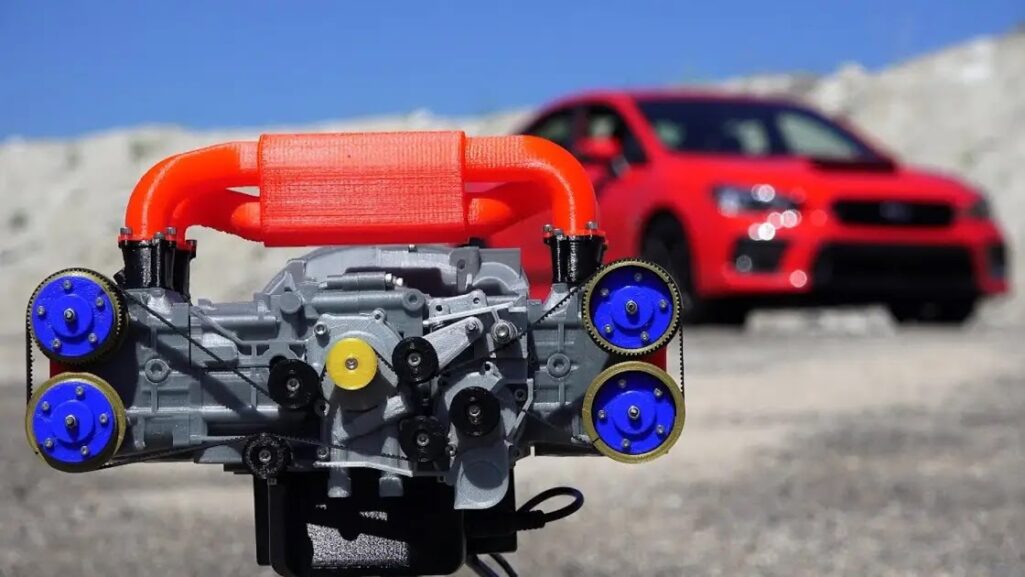

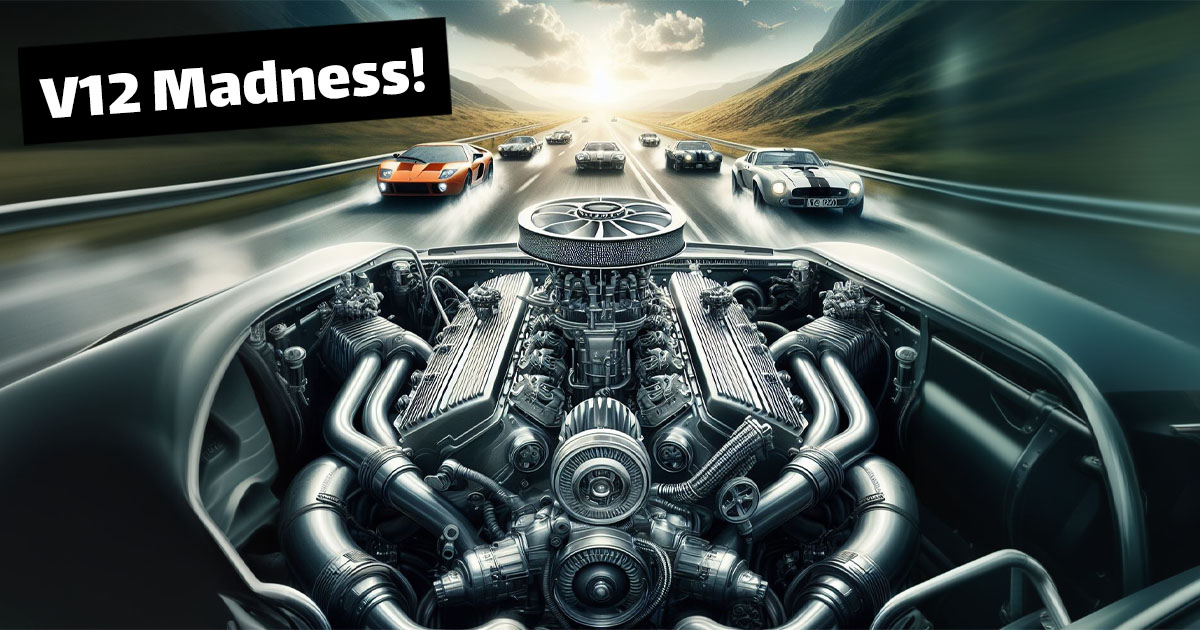
what about the V12 27 liter Merlin powered car “The Beast” built by John Dodd?